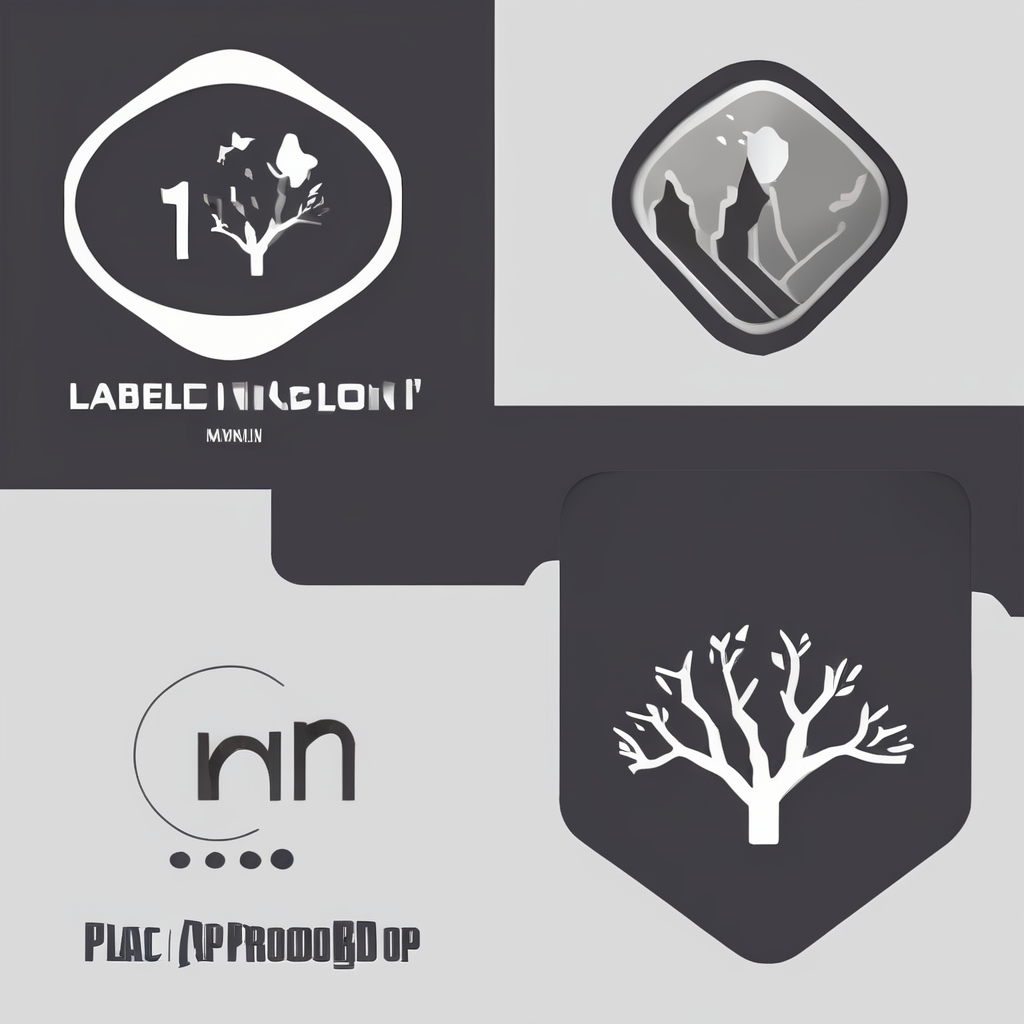Practical Steps to Enhance Biodiversity in UK Gardens
Enhancing garden biodiversity UK begins with assessing your garden’s current biodiversity levels. This practical biodiversity tip involves observing existing plants, insects, bird activity, and soil health to identify strengths and gaps. Start by documenting the variety of species present and note which areas lack habitat diversity.
Planning wildlife-friendly improvements suitable for UK climates follows assessment. It means selecting plants and garden features that thrive locally and support native wildlife year-round. Practical biodiversity tips include establishing log piles for invertebrates and amphibians, creating ponds to attract amphibians and insects, and planting wildflower patches to feed pollinators. These biodiversity improvement steps create layered habitats and increase ecological complexity.
Also to see : What are innovative ideas for a sustainable UK garden?
Incorporating these features encourages a balanced ecosystem that fosters species richness. For example, a small pond can raise moisture levels, benefiting both flora and fauna, while a wildflower patch attracts bees and butterflies. Using native materials for log piles ensures compatibility with local species. By adopting these biodiversity improvement steps, garden owners contribute meaningfully to UK biodiversity, transforming private spaces into vital wildlife refuges.
Choosing Native Plants for Maximum Biodiversity Impact
Selecting UK native plants is a cornerstone of enhancing garden biodiversity UK. Native trees, shrubs, and flowers have evolved alongside local wildlife, providing essential food, shelter, and breeding sites. This natural compatibility supports a wider range of species compared with exotic plants, making biodiversity-friendly planting more effective.
Also read : How Can You Personalize Your Home Design to Reflect Your Unique Lifestyle?
Practical biodiversity tips for native plant gardens UK include choosing flowering species like bluebells, wild garlic, and hawthorn, which supply nectar for pollinators such as bees and butterflies. Incorporating native wildflowers boosts invertebrate populations, vital for healthy ecosystems. Plant layering is another key biodiversity improvement step: tall trees create canopy cover, shrubs offer mid-level shelter, and ground plants form dense undergrowth, together creating diverse habitats.
By structuring your garden vertically and choosing plants native to your region, you promote a self-sustaining environment. Native plants are often more resilient to UK climates, reducing maintenance needs while maintaining ecological balance. This approach not only maximizes biodiversity impact but also enhances garden beauty and survivability.
Practical Steps to Enhance Biodiversity in UK Gardens
To begin enhancing garden biodiversity UK, it’s essential to assess your garden’s current biodiversity levels. This practical biodiversity tip involves carefully observing plants, insects, birds, and soil health to establish a biodiversity baseline. Note which species are present and identify barren or underutilised areas.
Planning is the next step: develop a strategy for wildlife-friendly improvements suited to the UK’s climate. Consider adding features such as log piles, which provide shelter for insects and amphibians. Ponds attract amphibians and support aquatic insects, while wildflower patches feed critical pollinators. Implementing these biodiversity improvement steps can transform your garden into a dynamic ecosystem.
Incorporate these elements thoughtfully to create layered habitats. Log piles made from native timber, ponds shielded from disturbance, and diverse wildflower patches boost habitat complexity and species richness. Each feature contributes uniquely: log piles offer refuge, ponds supply water and breeding grounds, and wildflowers support pollination networks.
Practical biodiversity tips emphasize combining these features to encourage sustainable wildlife populations, promoting a vibrant garden ecosystem that aids broader UK biodiversity conservation efforts.
Practical Steps to Enhance Biodiversity in UK Gardens
Enhancing garden biodiversity UK starts with assessing your garden’s current biodiversity levels methodically. This involves detailed observation of plant species, insect populations, bird activity, and soil quality. Document both abundant and scarce wildlife to identify areas requiring improvement. Knowing where biodiversity is low helps prioritise effective biodiversity improvement steps.
Once assessed, planning wildlife-friendly improvements tailored to the UK climate is crucial. Practical biodiversity tips focus on selecting native or well-adapted plants while adding key features that support diverse species throughout the year. Incorporate log piles, which offer shelter for insects, amphibians, and small mammals. Ponds create aquatic habitats vital for amphibians and water-dependent invertebrates. Wildflower patches provide nectar-rich feeding grounds for pollinators such as bees and butterflies.
Integrating these features enhances habitat complexity by creating vertical and horizontal layers, supporting a wide variety of organisms. Combining pond water sources with shaded log piles and blooming wildflowers ensures multiple wildlife needs are met. These biodiversity improvement steps foster a balanced garden ecosystem, helping transform private spaces into thriving wildlife refuges within the UK.
Practical Steps to Enhance Biodiversity in UK Gardens
Enhancing garden biodiversity UK begins with assessing your garden’s current biodiversity levels through careful observation of plants, insects, birds, and soil conditions. This assessment identifies underused zones where targeted biodiversity improvement steps will be most effective. Prioritising these areas helps focus efforts on features that support native species.
Planning wildlife-friendly improvements suited to UK climates is crucial. Practical biodiversity tips include strategically positioning log piles, ponds, and wildflower patches to create interconnected habitats. Log piles provide shelter for invertebrates and small mammals, while ponds attract amphibians and aquatic insects essential for ecosystem balance. Wildflower patches supply nectar for pollinators like bees and butterflies, bolstering food webs.
Incorporating these features in complementary locations enhances habitat complexity by combining vertical and horizontal layers. For instance, placing a pond near shaded log piles allows moisture-loving species to thrive alongside shelter-seekers. Using native materials for log piles and planting native wildflowers maximises compatibility with UK wildlife. These biodiversity improvement steps promote a resilient garden ecosystem, supporting diverse species year-round while enriching your outdoor space.










